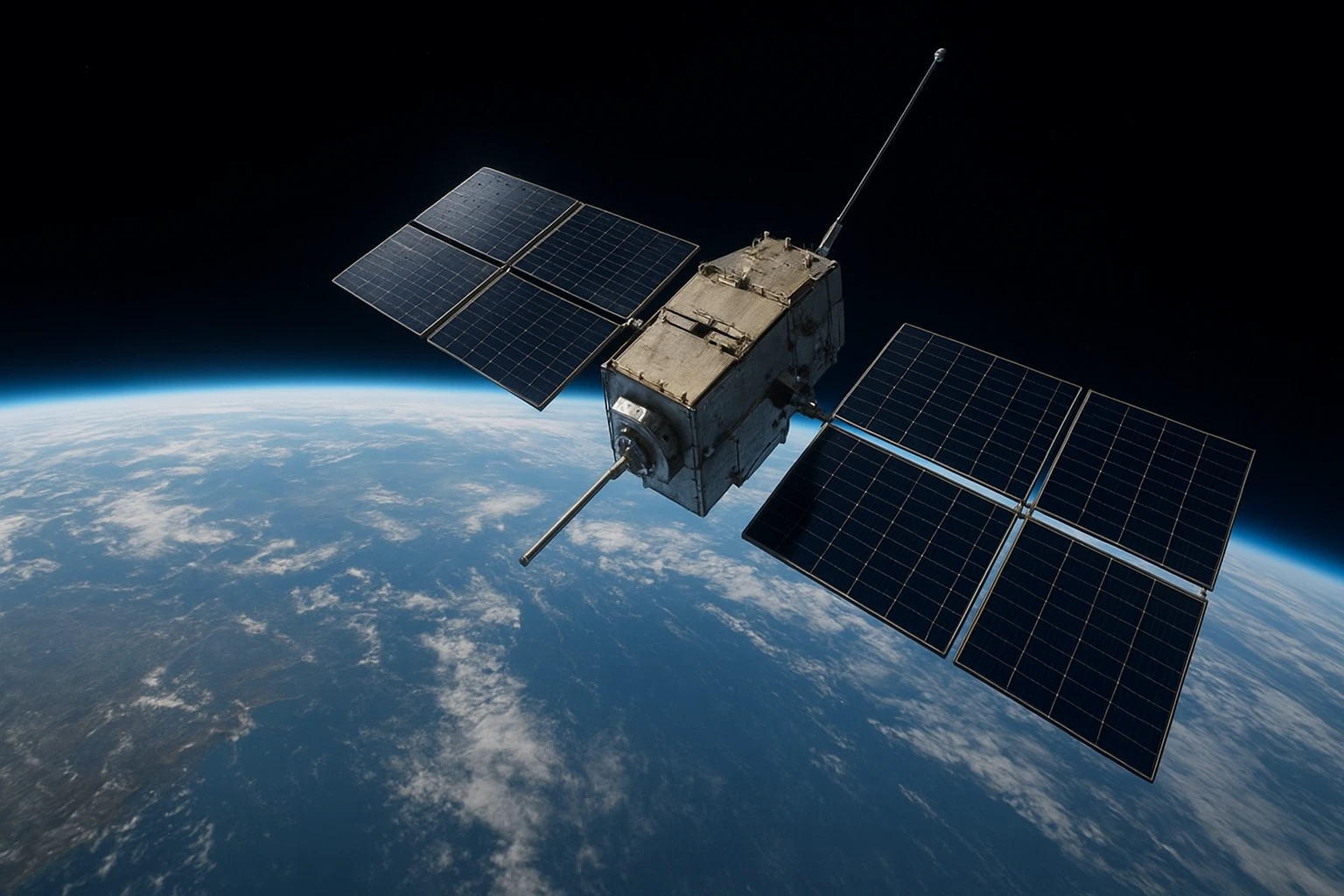Amazon has renamed its long running satellite internet program from Project Kuiper to Amazon Leo, marking what company officials described as a shift from experimental development to commercial readiness.
The announcement, made November 13, comes seven years after the initiative began as a small engineering effort focused on expanding global broadband access.
Rajeev Badyal, vice president of Amazon Leo, said the new identity reflects the constellation’s role and technological maturity.
“The name is a simple nod to the low Earth orbit satellite network that powers our system,” Badyal said. “We are entering a phase where customers will soon interact directly with our service, so the program needed a name built for long term operations.”
The satellite internet initiative was launched with a straight forward goal bring high-speed, reliable broadband to communities and businesses that have long remained underserved.
While the company has remained publicly quiet about internal milestones, Amazon Leo has steadily grown in scale, scope and visibility since its early prototype stages.
The project adopted the code name Project Kuiper in reference to the Kuiper Belt, a ring of icy objects in the outer solar system.
Under that banner, Amazon secured regulatory approvals and signed what it previously described as the largest set of commercial launch contracts in history.
The first production satellites were deployed earlier in 2025 following a successful prototype mission. The constellation now includes more than one hundred fifty satellites across low Earth orbit.
Amazon has outlined plans to eventually operate more than three thousand two hundred spacecraft, creating a global network designed to compete in a rapidly expanding commercial connectivity market.
Industry analysts said the rebranding to Amazon Leo signals an inflection point. Miriam Stone, a senior analyst at Orbital Strategies Group, said the shift from a code name to a consumer facing identity typically indicates that a service is moving closer to public availability.
“Companies generally retire internal project names when they are preparing for marketing, distribution and customer support,” Stone said. “This shows Amazon believes its system is nearing operational reliability, particularly as satellite internet competition accelerates.”
Experts noted that Amazon Leo enters a field already shaped by incumbent players and evolving regulatory pressures. Low Earth orbit connectivity providers face challenges related to congestion, orbital debris management and spectrum coordination.
“Deploying thousands of satellites is one thing. Sustaining long term operations with minimal interference and stable throughput is another,” said Dr. Javier Ortega, a professor of aerospace systems engineering at Purdue University. “If Amazon can leverage its cloud infrastructure and logistics backbone, it may carve out a unique position in the market.”
The company has revealed three customer terminal designs that will connect to the Amazon Leo constellation. Its smallest model, the Leo Nano, measures eighteen by eighteen centimeters, weighs one kilogram and delivers speeds up to one hundred megabits per second.
The device is intended for travelers, emergency responders and portable deployments where compact equipment is crucial.
Amazon has not yet released pricing, but competitors in the satellite internet sector generally charge between fifty and one hundred fifty dollars per month for residential service.
Analysts expect Amazon to rely heavily on economies of scale, logistics integration and its cloud ecosystem to reduce costs over time.
Comparisons with other low Earth orbit systems highlight both similarities and strategic differences. Unlike some operators that rely solely on space based infrastructure, Amazon has indicated it will pair its satellites with a global network of ground gateways integrated with Amazon Web Services.
That structure could improve traffic routing and reduce latency, particularly for business and government users that already utilize AWS platforms.
Communities facing limited connectivity expressed cautious optimism following the announcement. In northern Montana, where mountainous terrain has long disrupted broadband expansion, local residents said they are watching developments closely.
“We’ve waited years for reliable internet,” said Mary Holleran, a school administrator in Glacier County. “If Amazon Leo can deliver even consistent medium speed service, it would transform education and remote work options for families here.”
Small businesses in coastal regions and island communities said they hope additional competition will lower costs. Abdul Rahman, who operates a logistics company in the Maldives, said satellite internet remains expensive and inconsistent across many islands.
“We depend on real time communication for shipping and customs clearance,” Rahman said. “If a provider like Amazon enters the market with stable pricing, that would help both local companies and international partners.”
Still, some digital equity advocates warned that promises of global coverage do not always translate to accessible pricing. “New technology must be paired with affordability,” said Priya Venkataraman, director of the nonprofit Access for All. “Otherwise the digital divide simply persists in another form.”
Amazon has not given a specific timeline for full service activation, but officials reiterated that deployment will continue at a steady pace through 2026. The company is preparing for additional satellite launches, new gateway installations and early customer pilots.
Badyal said the team is focused on refining network performance before broad commercial release. “Our priority is to ensure Amazon Leo meets the reliability and speed expectations of customers, particularly in areas where connectivity is not just a convenience but a necessity,” he said.
Analysts expect the service to debut first in North America before expanding to parts of Europe, Asia and Africa. Partnerships with governments and local telecom operators could accelerate deployment in regions where infrastructure gaps remain.
The transition from Project Kuiper to Amazon Leo marks a symbolic and practical step for Amazon as it prepares its satellite internet network for commercial use.
With more than one hundred fifty satellites in orbit, growing ground infrastructure and expanding terminal options, the company is positioning itself for entry into an increasingly competitive space based broadband market.
While questions remain about pricing, regulatory coordination and global coverage, observers said the rebranding reflects a program moving steadily toward real world deployment.

